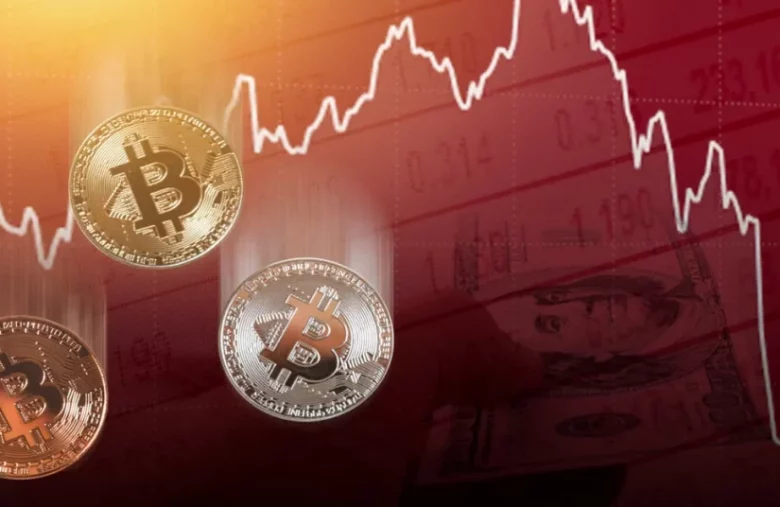Will Bitcoin Price Plunge More from a “Miner Death Spiral”?

Bitcoin is garnering interest from the oil and gas industry and is spiking concern for using renewable energy for operations.
Sad State Of BTC Mining
The “cost to mine Bitcoin” in the United States has recently caused a movement in the BTC price that has attracted interest from the crypto world, particularly because BTC miners have made headlines about it.
The mining industry has been hit by a storm brought on by the crypto bear market and rising energy prices, forcing some businesses to lay off workers while others postpone their capital investments.
Industry leaders believe a few factors may have contributed to a Bitcoin mining death spiral.
In this context, Raymond Nasser, the CEO of Arthur Mining, informed Cointelegraph that their margins don’t entirely coincide with the statistics from @PricedinBTC.
He further claimed that the company’s present capacity is 25 MW, and they prioritize renewable energy sources. However, at first glance, one would discount their claims because listed firms with 300 MW plants, such as Marathon Digital Holdings, rely on conventional grid electricity, even though some power comes from hydroelectric plants.
Hence, smaller-scale mining enterprises use undervalued flare and stranded gas from the oil and gas industry to attain the finest environmental, social, and governance (ESG) principles. Their secret is mobile Bitcoin mining equipment that uses cleaner, more effective, and more lucrative energy sources than the conventional ones.
Factors Contributing To The BTC “Death Spiral”
The price of electricity has doubled
One of the best things about the Bitcoin community is that it promotes efficiency. This means that the labor-intensive manufacturing process will always look for the lowest operational costs and gravitate towards that. In addition, ASIC mining equipment is portable, but more importantly, it can be customized to use multiple energy sources.
For example, these devices, which operate with oscillating energy sources, might be placed in containers and transported to offshore oil and gasoline facilities.
Higher Interest rates
Whatever the energy source, balance sheets have been a problem for miners.
Financing has been a significant barrier for the business, in addition to the effect of lower Bitcoin prices. Approximately $4 billion in debts are owed by large-scale Bitcoin miners, and some of them have been compelled to sell their BTC holdings to pay for capital and operating expenses, based on market reports.
Not all mining companies, however, can obtain conventional long-term bank financing. Instead, these companies used their infrastructure and mining operations as collateral to build a riskier debt structure.
Negativity Surrounds The Asset
As the price of Bitcoin fell, so did the price of mining equipment, which worsened their access to capital just when they needed it the most.
Rich Ferolo, a Blockchain solutions analyst, stated that if BTC manages to stay around 18k, there will be a lot of surrenders, insolvency, and extra machines that will come into the picture. It will be survival of the fittest.
As explained by Nasser: The investors have always limited their convexity exposure by weekly selling or immediately reinvesting their bitcoin balances. They recognize that being overly greedy by retaining Bitcoin reserves can ruin your business and cost you jobs, as seen in the petroleum industry last month.
Final Thoughts
This never-ending loop supports the “death spiral” notion; however, this exaggeration ignores that miners shut down their equipment when prices fall below a certain level. Many will relocate to regions with lower electricity rates or even look into renewable energy possibilities.
Despite everything said above, one thing is clear that the network becomes less safe with decreased mining activity. Bitcoin’s adjustments boost miners’ incomes further.
In simpler words, there is no systemic danger to the price of BTC from the Bitcoin mining industry.



